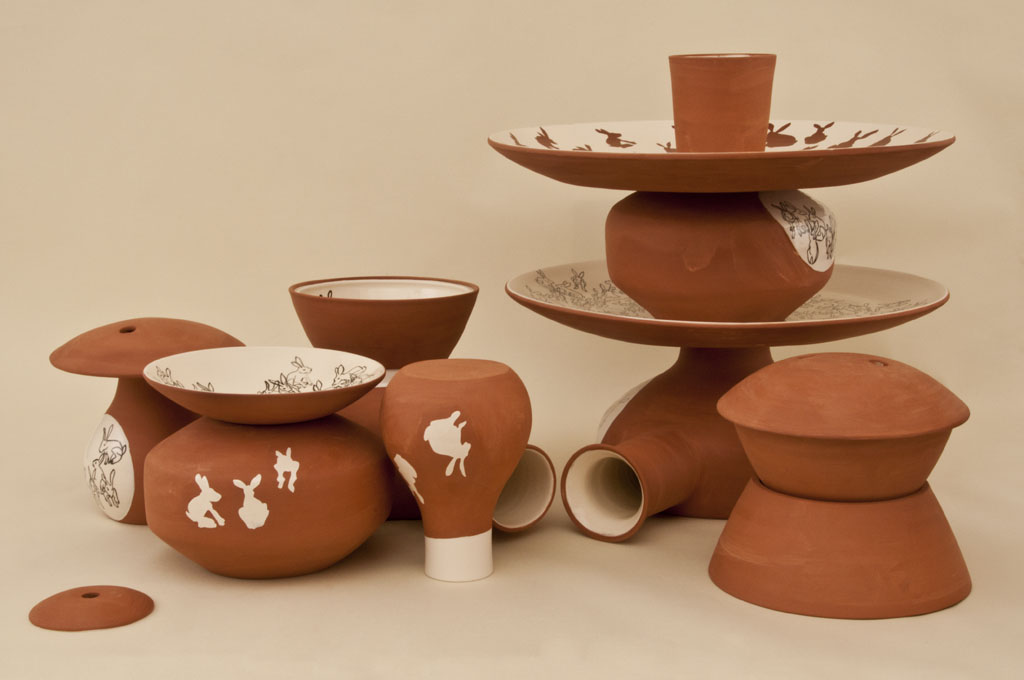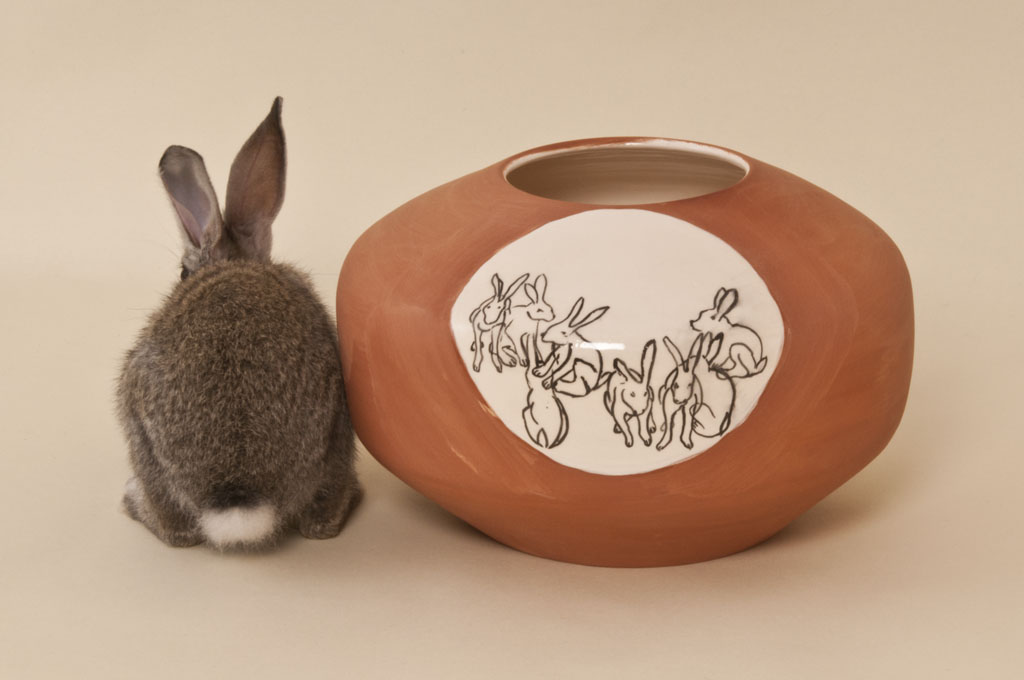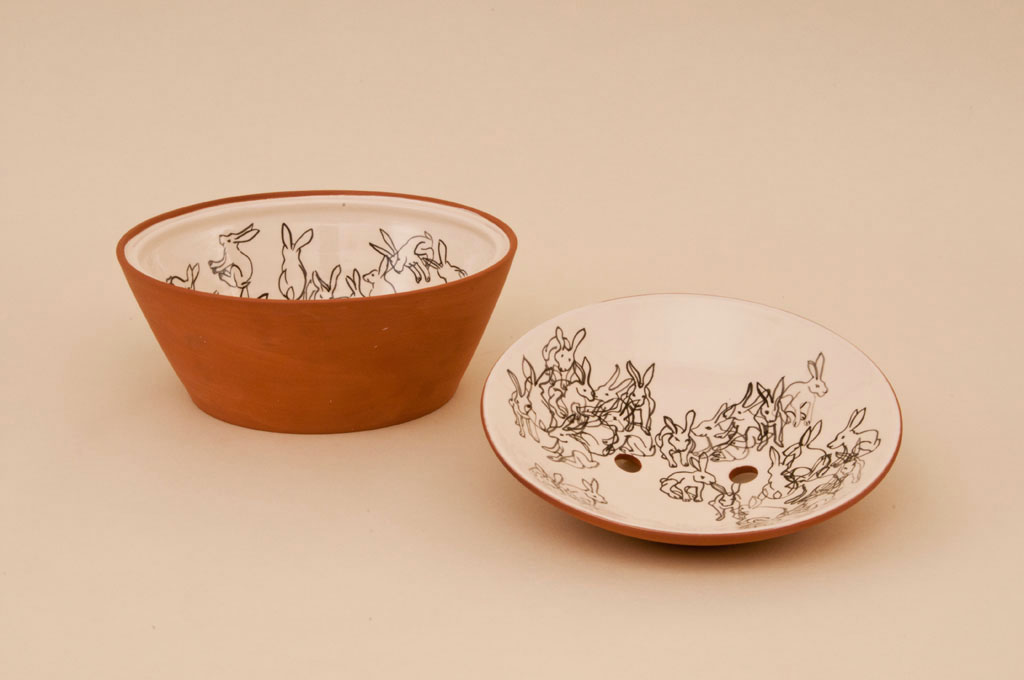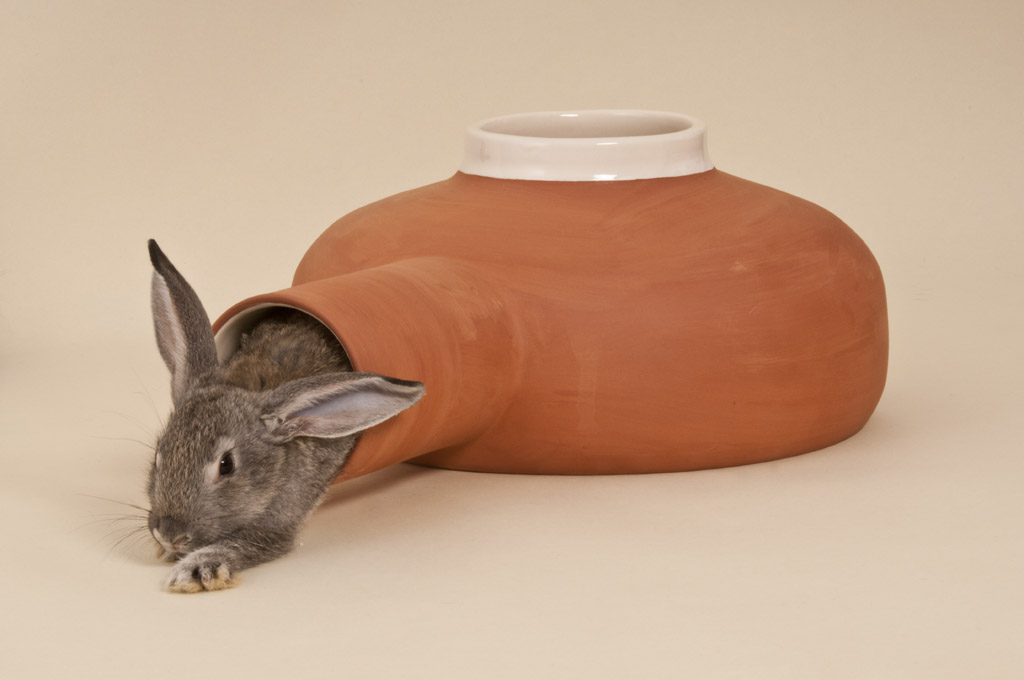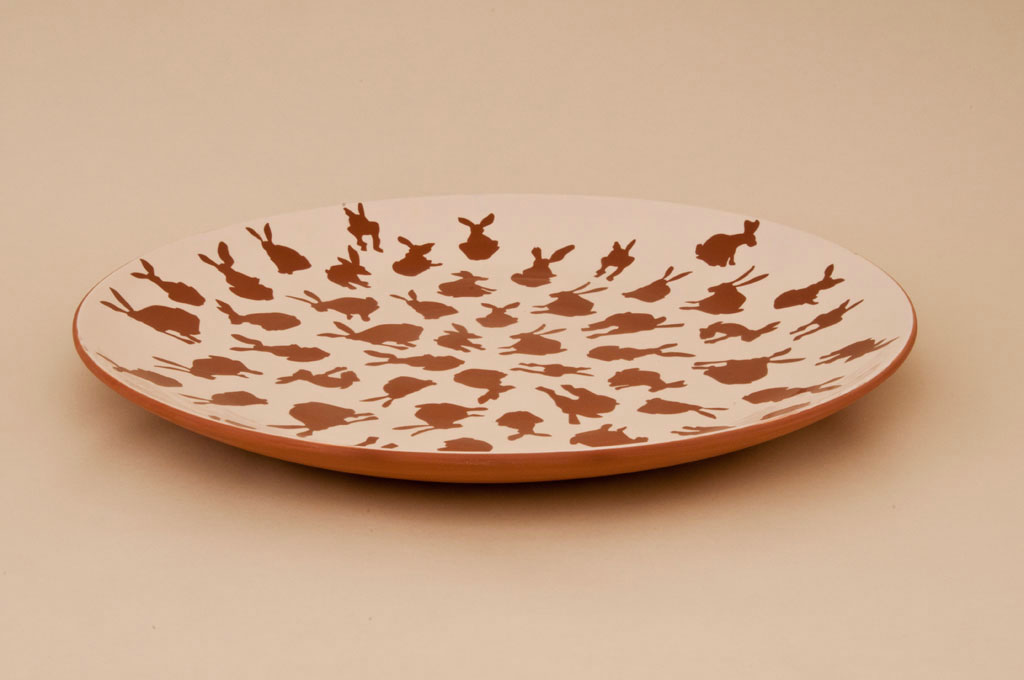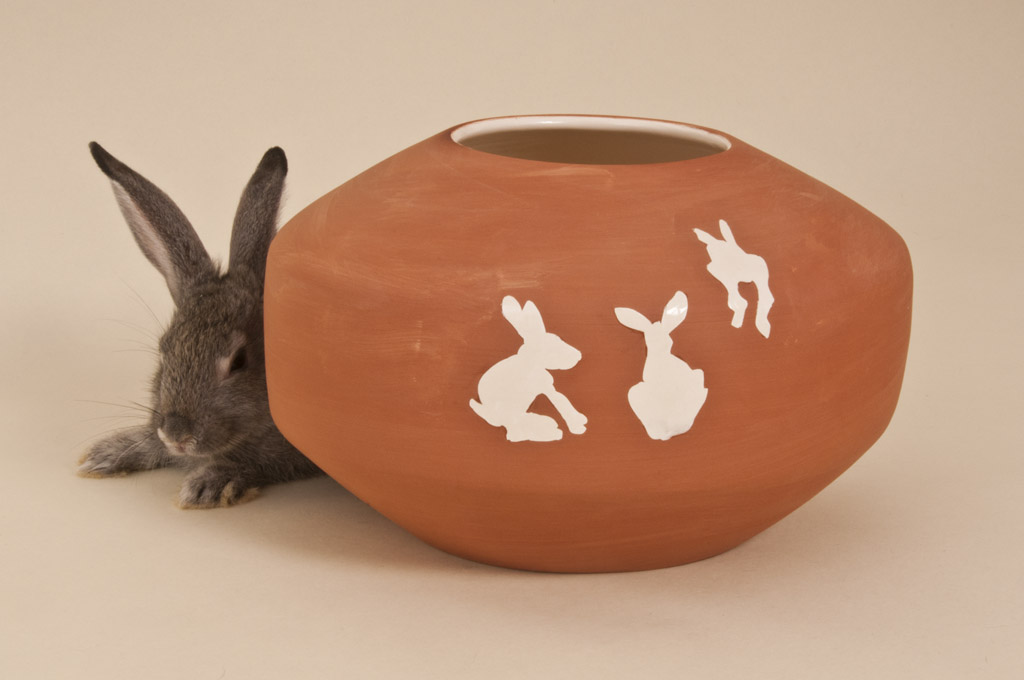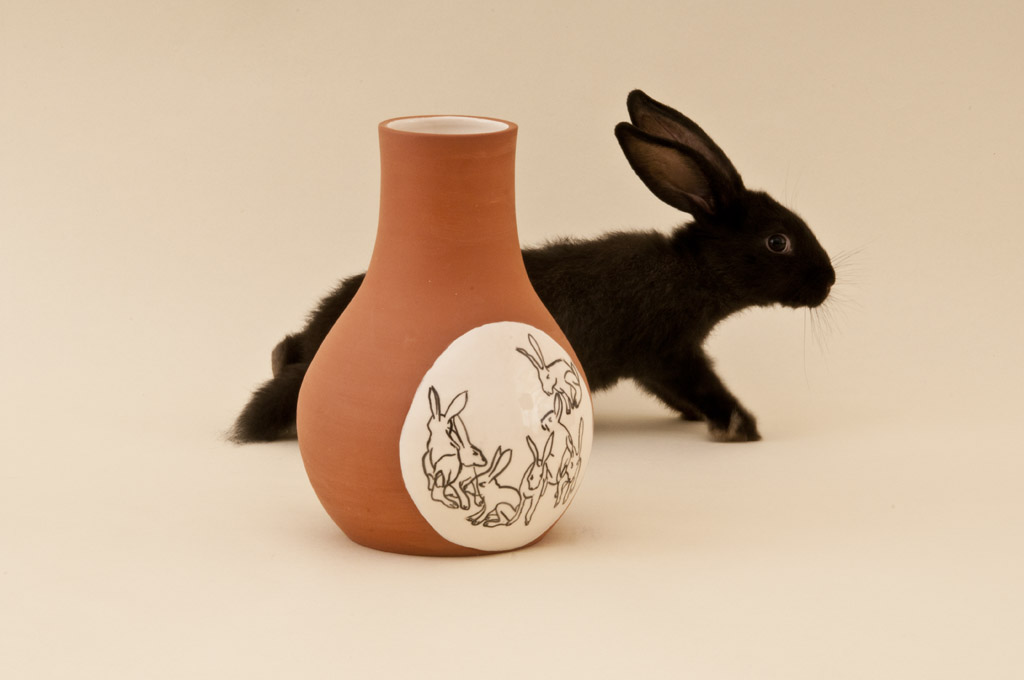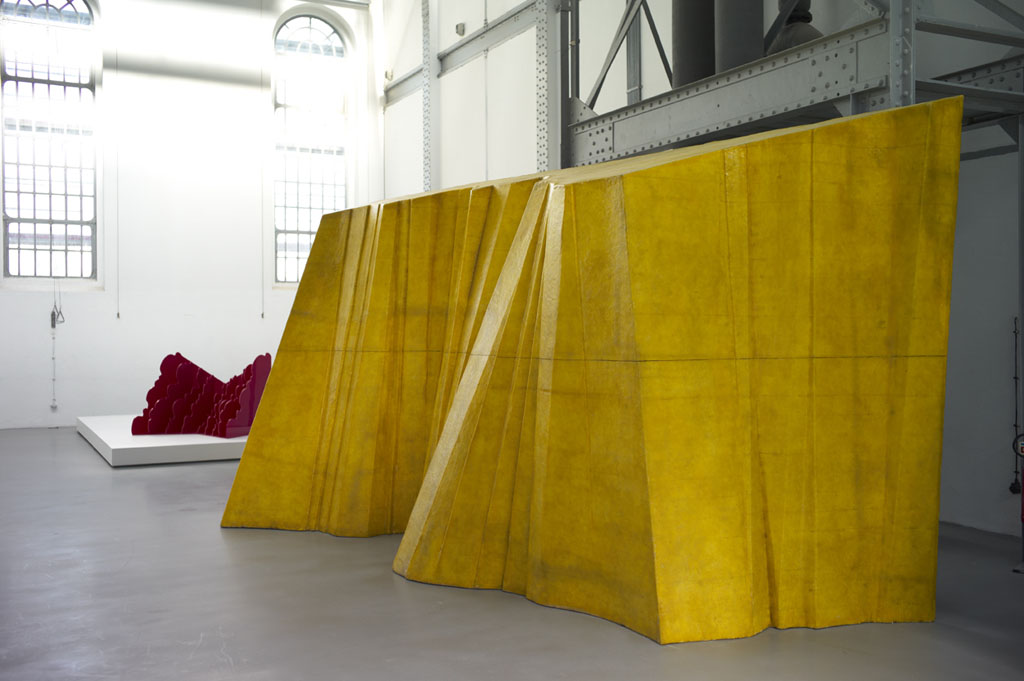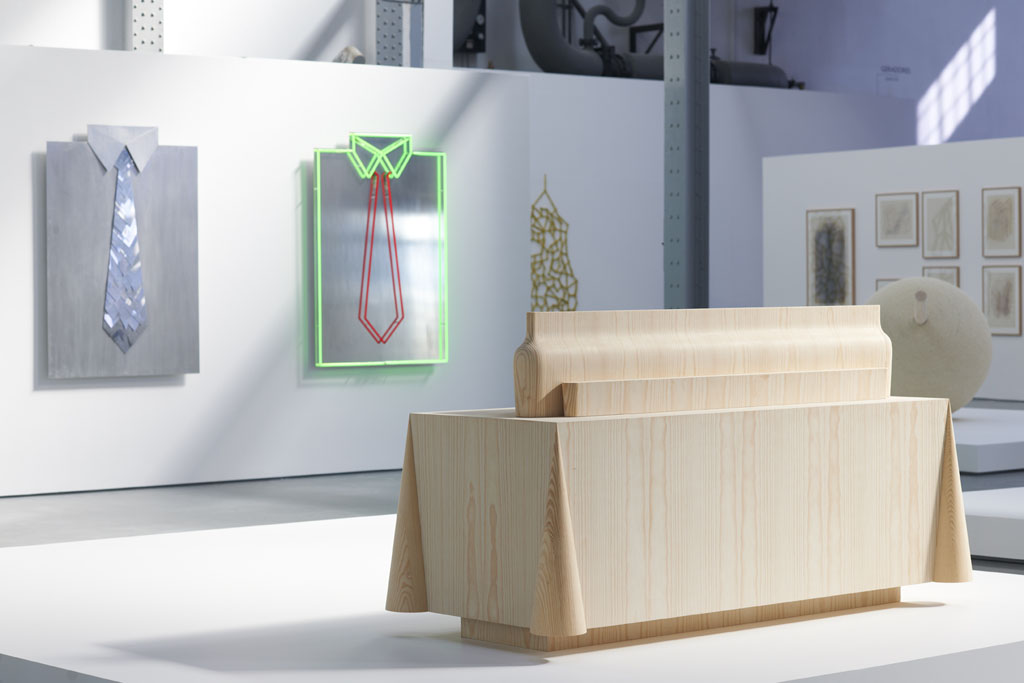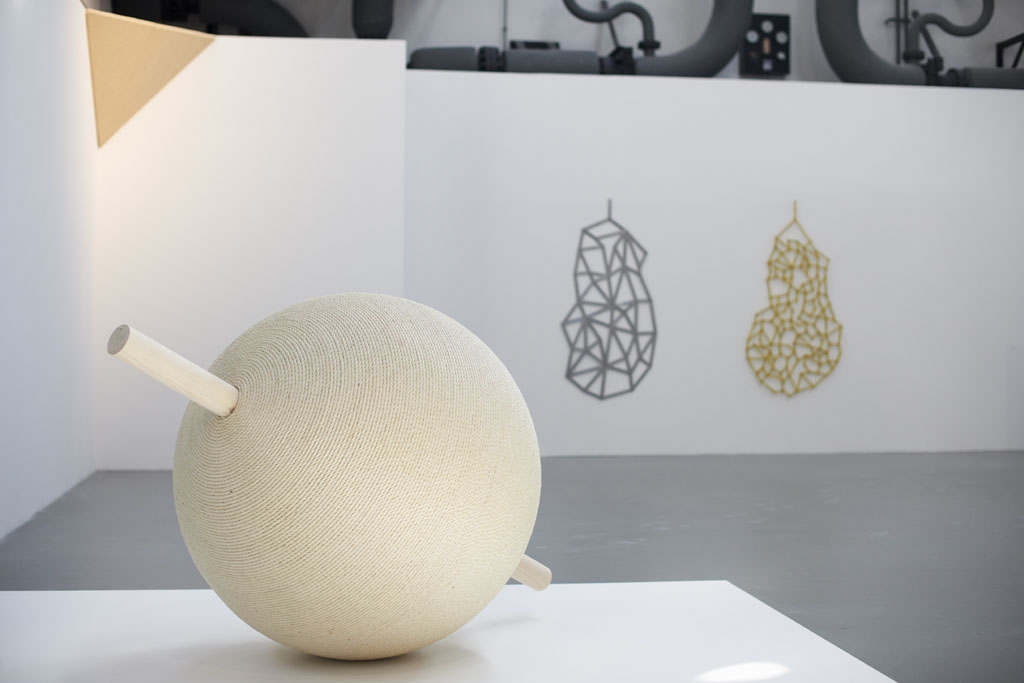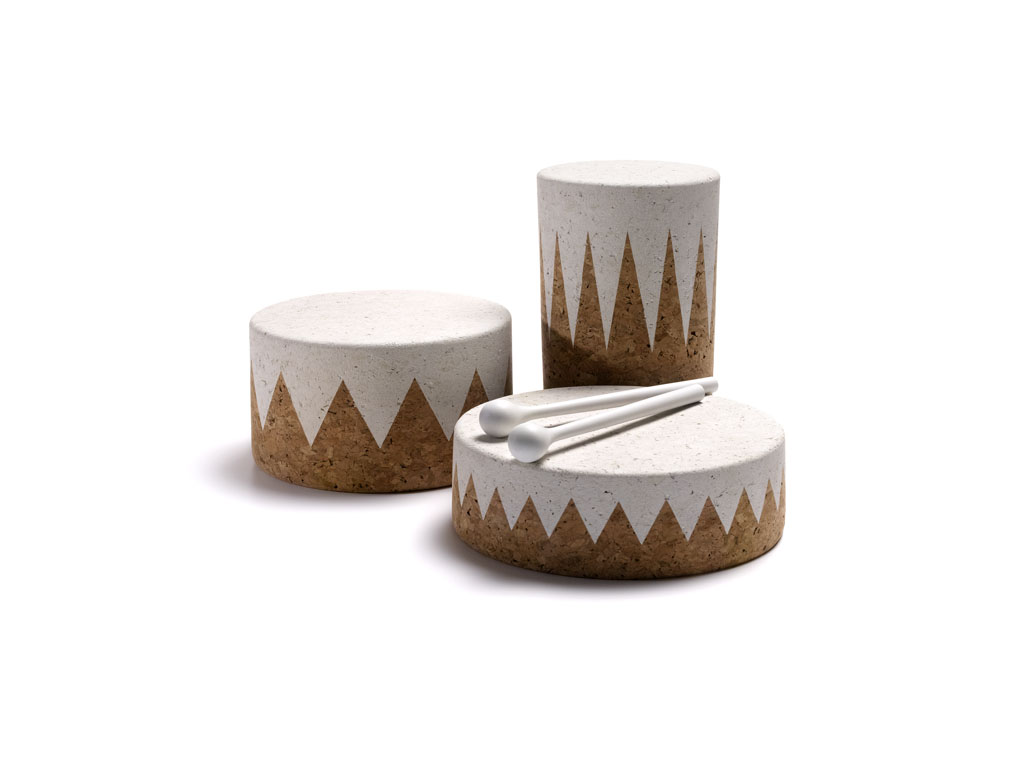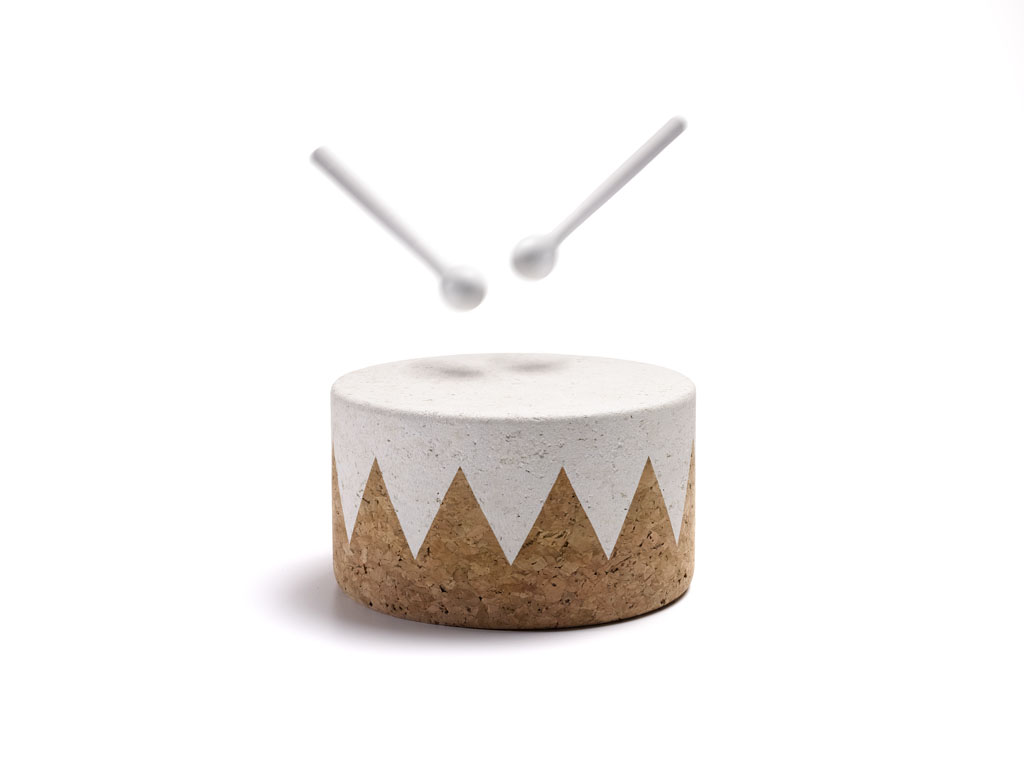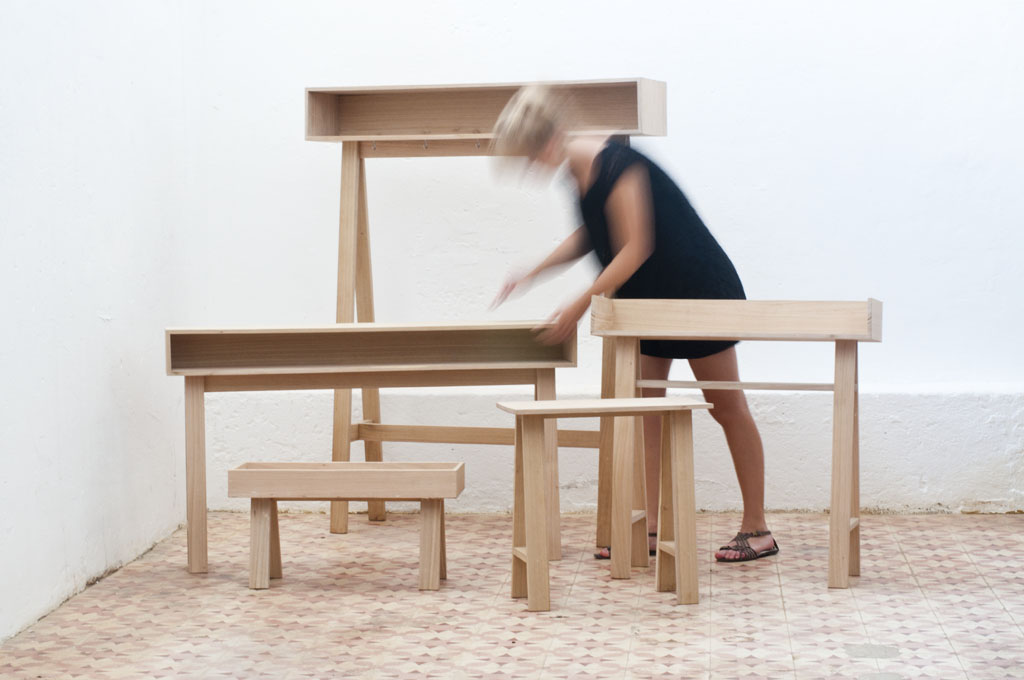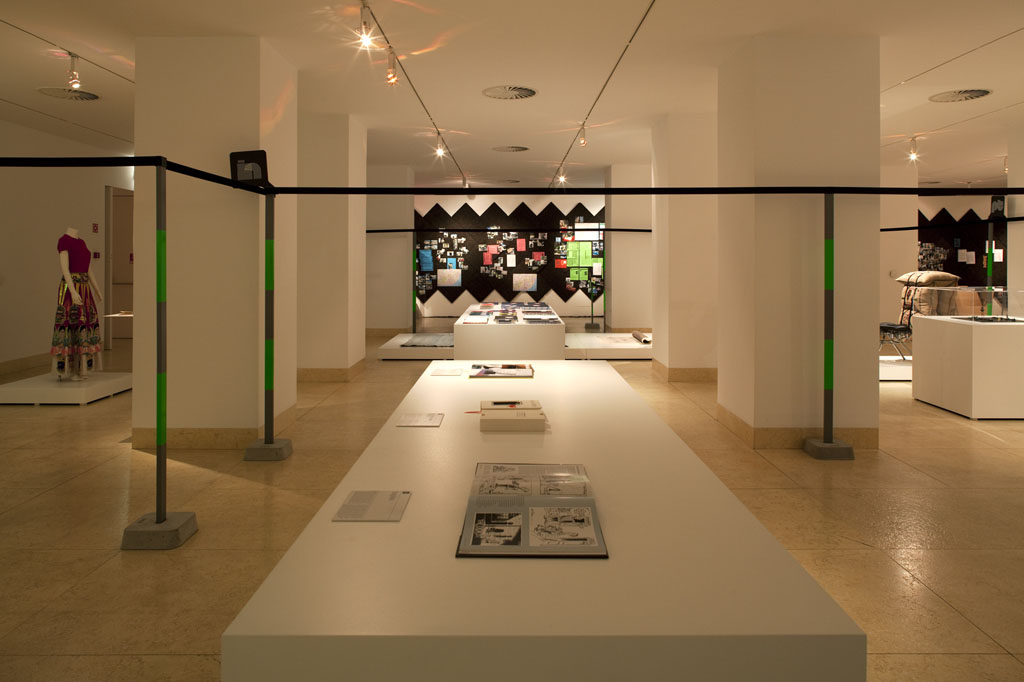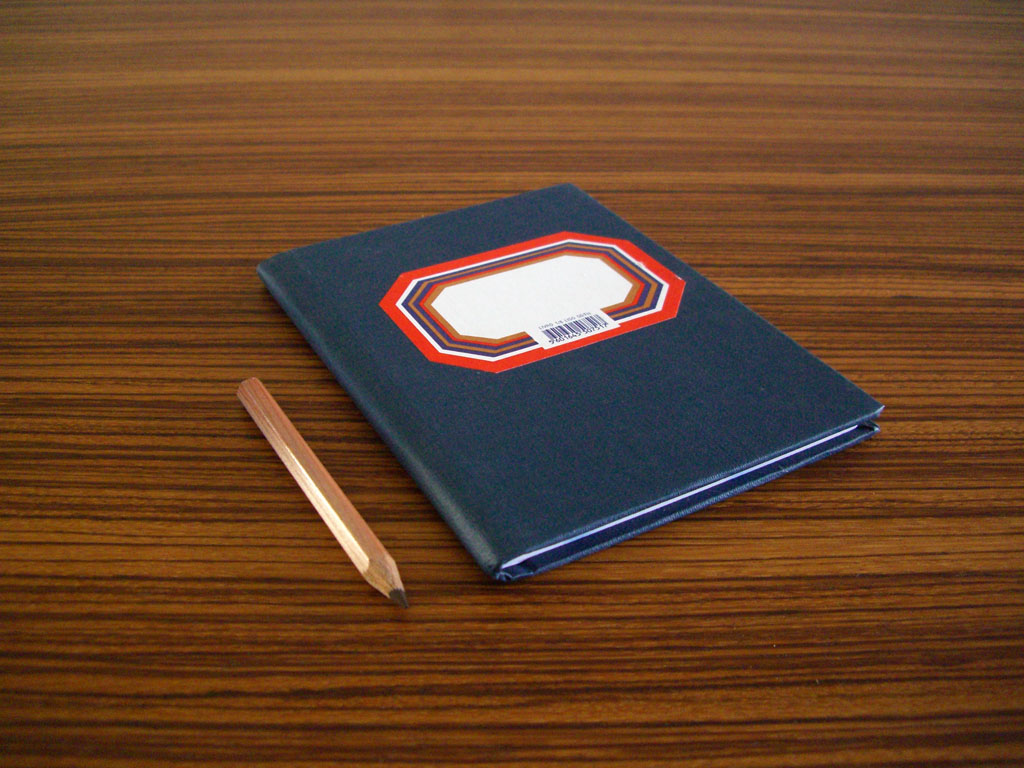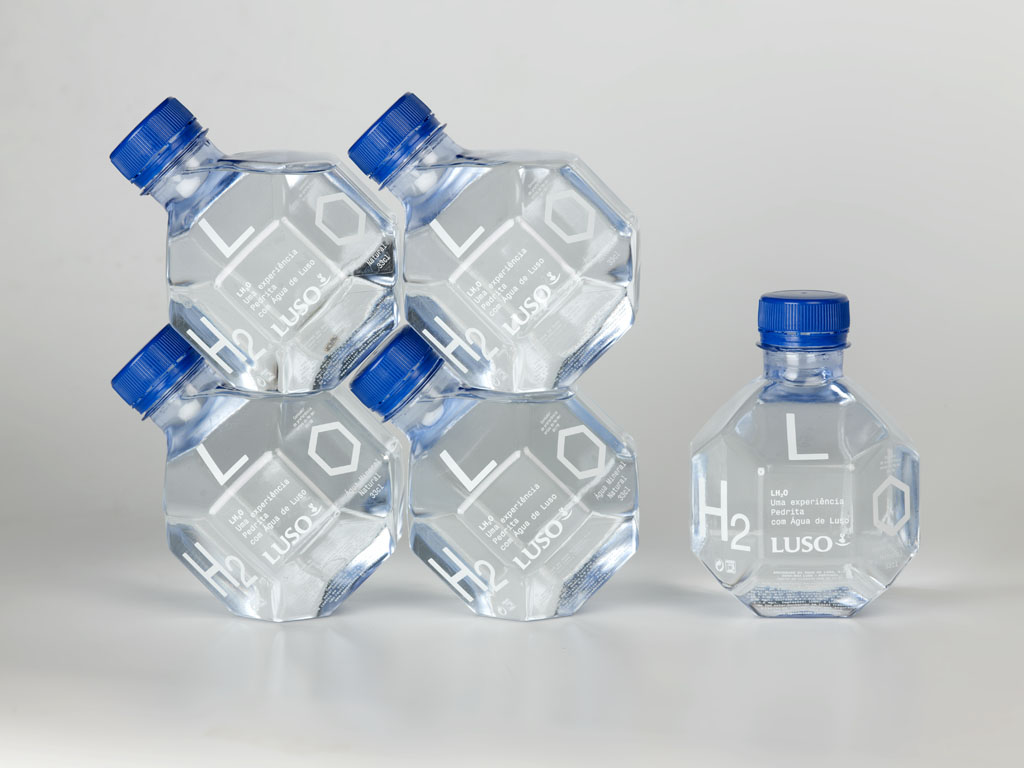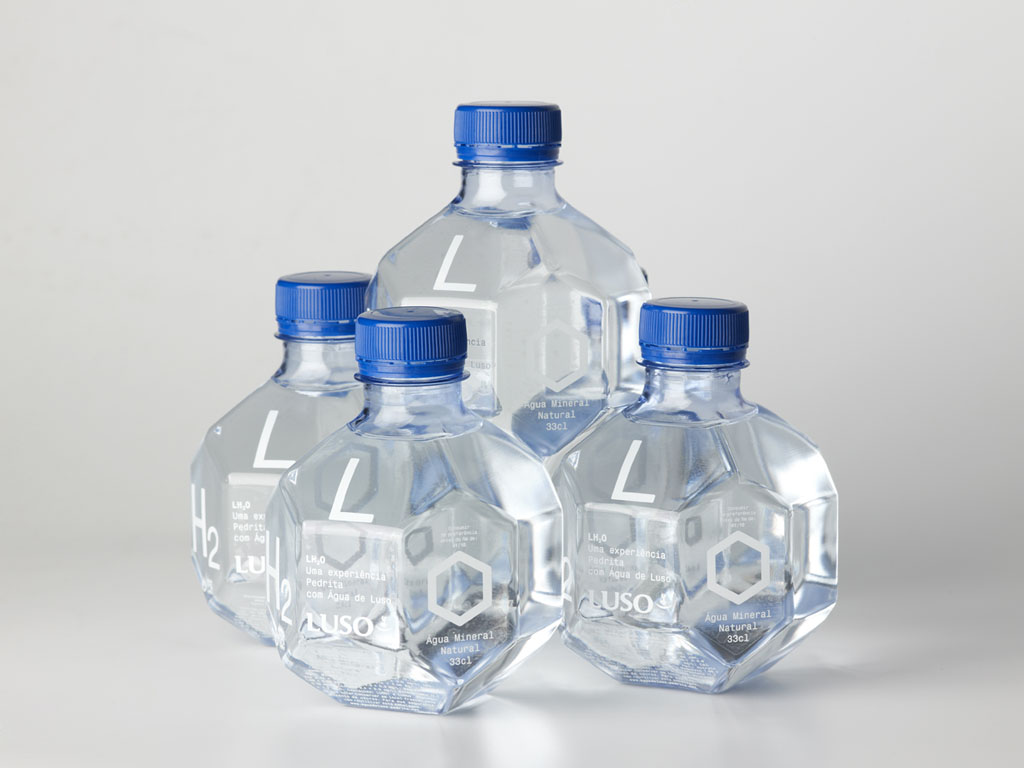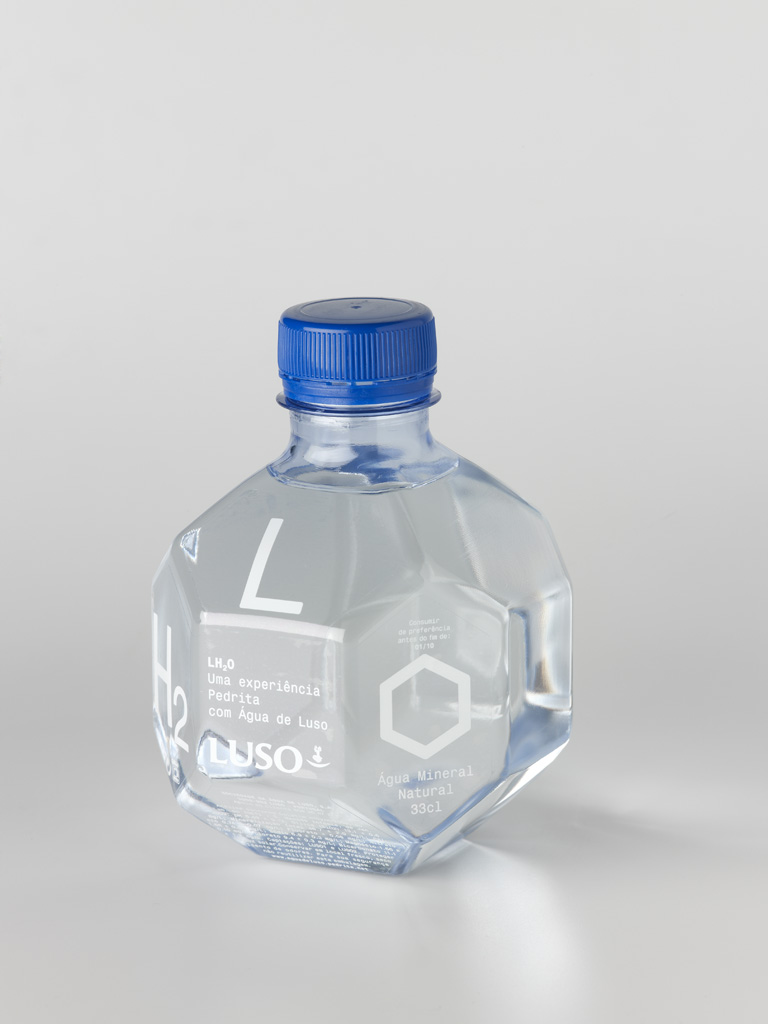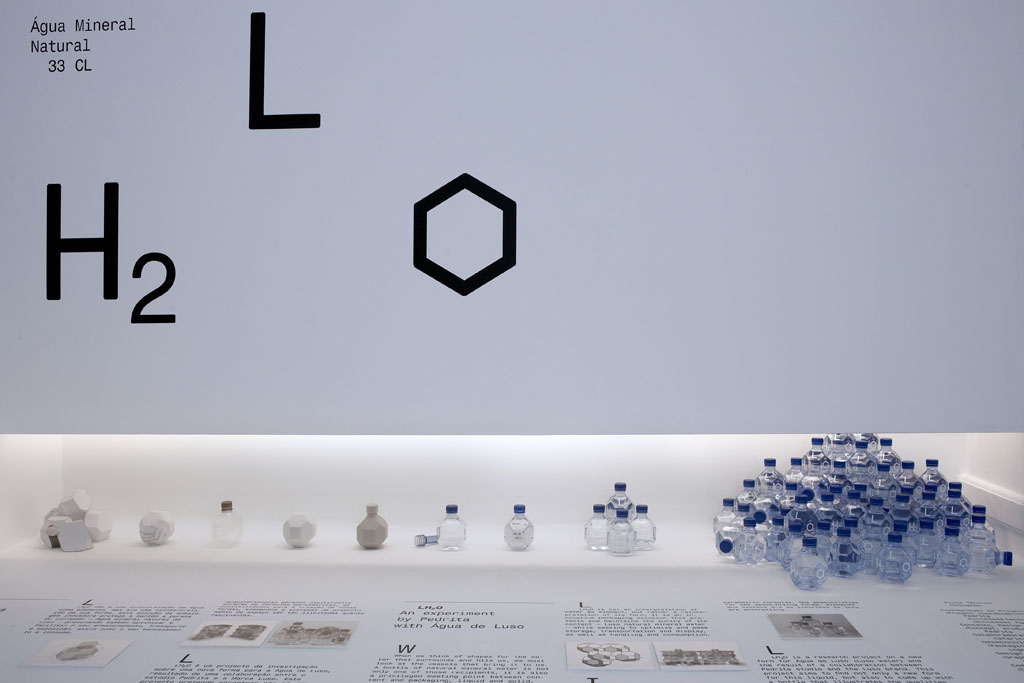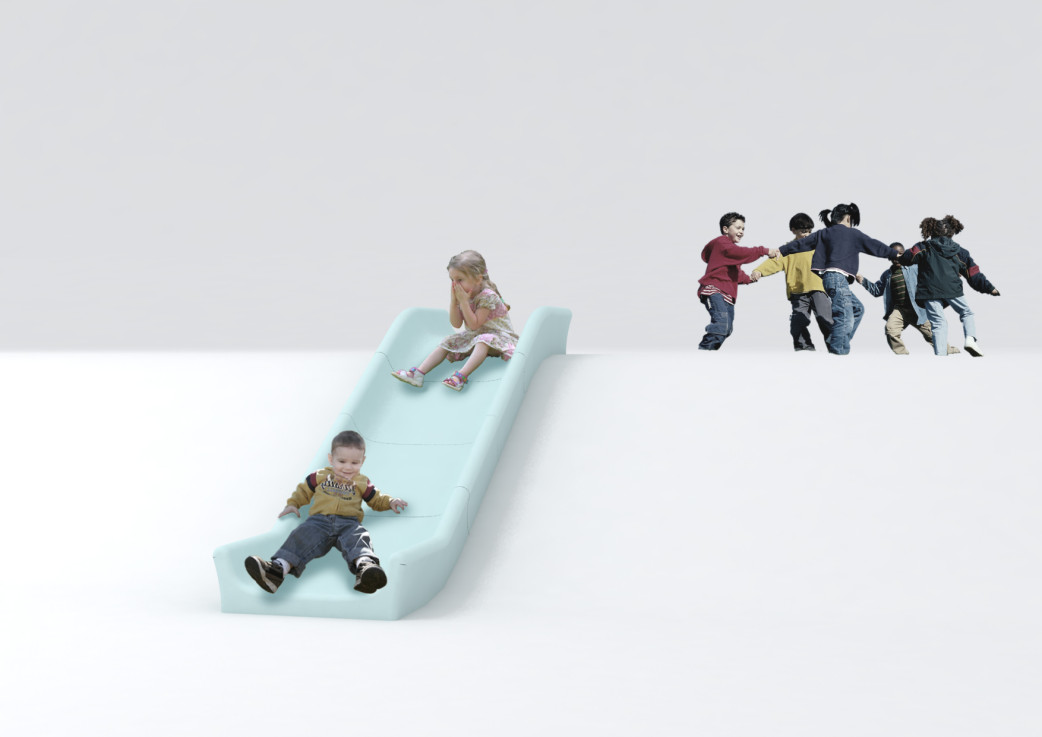


The PEOPLE are peaceful
What do we talk about when we talk about the PEOPLE? Such is the starting-point of this exhibition, which invites us to travel across the manifold meanings of this concept and the word that names it. In spite of the term’s millennial history, it was only during the last three centuries – from the emergence of liberalisms, nationalisms and socialisms to the present time – that the contemporary notion of PEOPLE developed itself. Such is the subject of the present display.
PUEBLO, POPPOLO, VOLK, 人, PEUPLE, PEOPLE, POVO, ΔΗΜOΣ, etc.: in all languages, the concept transverses the realms of politics, culture, society and economy. It is the foundation on which political power constitutes and legitimizes itself. On the other hand, defiance to that same political power often rises in the name of that same PEOPLE, which in turn inspires speeches and texts that create, warrant or put into question tradition and history. And we only need to enumerate its synonyms – population, plebe, proletariat, mass, multitude – to understand the magnitude of its social significance.
In Portugal, over the last decades, with the advent of democracy, the generalization of consumerism and the new processes of internationalization, we became used to speak of such terms as civilian society, middle classes, mass and pop culture, instead of the people’s will, popular classes or culture. Yet, these are only different names for the PEOPLE.
O POVO está sereno
Do que falamos quando falamos sobre POVO? Tal é o ponto de partida para esta exposição, que nos convida a viajar através dos múltiplos significados desse conceito e da palavra que o nomeia. Apesar da história milenar do termo, foi apenas durante os últimos três séculos – desde a emergência dos liberalismos, nacionalismos e socialismos até o presente momento – que a noção contemporânea de POVO se desenvolveu. Tal é o objecto da presente exposição.
PUEBLO, POPPOLO, VOLK, 人, PEUPLE, PEOPLE, POVO, ΔΗΜOΣ, etc.: em todas as línguas, o conceito atravessa os domínios da política, da cultura, da sociedade e da economia. É o alicerce sobre o qual o poder político se constitui e legitima. Por outro lado, o desafio a esse mesmo poder político, muitas vezes em nome desse mesmo POVO, que por sua vez inspira discursos e textos que criam, garantem ou questionam a tradição e a história. E apenas precisamos enumerar os seus sinónimos – população, plebe, proletariado, massa, multidão – para compreender a magnitude de sua importância social.
Em Portugal, nas últimas décadas, com o advento da democracia, com a generalização do consumismo e os novos processos de internacionalização, acostumámo-nos a falar de termos como a sociedade civil, as classes médias, cultura de massas e pop, em vez da vontade do povo, das classes populares ou da cultura. No entanto, estes são apenas nomes diferentes para POVO.











This word, at once revolutionary, radical, conservative and reactionary, has been, in accordance with its use and appropriation, blessed and cursed, sacralised and desecrated, desired and feared, asserted and denied, defended and betrayed. It breeds love and hatred, vows and perjuries, wars and agreements, discords and alliances, heroism and martyrdom. For it men and women, individuals and whole peoples have lived and died. It is one of the most dreamed-of, silenced and shouted-out human words.
This exhibition looks at the history of the PEOPLE from this concept’s present. It looks at its passage from object to subject, from particular to universal, from serf to sovereign. To do this, it resorts to various media and codes. It is made of images, ideas, sounds, words, objects, memories and the lack of them, desires, readings, answers, questions. It combines the individual and the collective, the erudite and the mainstream, the symbolic and the imaginary, the body and the mind. It picks up the marks left by major social movements and the traces of minor popular struggles, but also the signs of change in work, leisure, consumerism, culture, communication – in life.
It is open-ended in terms of time and space. It deals with the past from the standpoint of the present – and contemplates the future out of both of them. It considers Portugal from the perspective of the global World – and the global World from a Portuguese perspective. Our chronology travels from today to yesterday, from the 21st-century crisis-stricken Greece to the same country at its apogee, in the 5th century BC, when it invented Democracy, government by the PEOPLE
A exposição olha para a história de POVO a partir da situação presente deste conceito. Olha para a sua passagem de objecto para sujeito, do particular para o universal, do servo de soberano. Para fazer isso, recorre a diversos meios de comunicação e códigos. É feito de imagens, ideias, sons, palavras, objectos, memórias e da falta delas, desejos, leituras, respostas, perguntas. Combina o individual e o coletivo, o erudito e o mainstream, o simbólico e o imaginário, o corpo e a mente. Pega em vestígios deixados pelos grandes movimentos sociais e os traços de lutas populares menores, mas também nos sinais de mudança no trabalho, lazer, consumo, cultura, comunicação – na vida.
Tem um fim em aberto em termos de tempo e espaço. Lida com o passado do ponto de vista do presente – e contempla o futuro de ambos. Considera Portugal da perspectiva do mundo global – e o mundo global de uma perspectiva Portuguesa. A nossa cronologia viaja de hoje para ontem, a partir da Grécia atingida pela crise do século XXI para o mesmo país no seu apogeu, no século 5 aC, quando foi inventada a Democracia, governo do POVO.


Photo credits: António Nascimento
The exhibition does not finish at its end. The PEOPLE is a moving target, ever trying to escape the image that crystalizes it or, in other words, identifies, symbolizes, celebrates, displays, processes, explores and classifies it. It is a game in which reality and its representation meet, avoid, dodge, outwit, attract and repel each other.
This exhibition about the PEOPLE is a way of reminding the Republic, now commemorating its centenary, that it must never neglect its commitment to a name inseparable from its own. The PEOPLE shown here await the PEOPLE that come here – one is the mirror of the other.”
from the exhibition catalogue
Coordinating Curator
José Manuel dos Santos
Artistic Curator
João Pinharanda
Scientific Curator
José Neves
Audiovisual Curator
Diana Andringa
Exhibition Design
António Pedro Louro
Gonçalo Prudêncio
Pedro Ferreira
Rita João
Graphic Design
Marco Balesteros
Interaction Design
NearInteraction
Assistant Curatorship
Joana Simões Henriques
Margarida Almeida Chantre
Production
Andrea Dionísio
António Soares
Deolinda Ferreira
Fernando Ribeiro
Francisco Soares
Audiovisual Team
Diana Andringa
Bruno Cabral
João Dias
Editing Assistant
Rui Pires
Sound Research
Armanda Carvalho
Sound Mixing
Tiago Matos
Images
Arquivo RTP – Rádio Televisão Portuguesa
ANIM – Arquivo Nacional de Imagens em Movimento
Documentary Research
Beatriz Pinharanda
Frederico Ágoas
Manuel Deniz Silva
Pedro Cerejo
Texts
João Pinharanda
José Manuel dos Santos
José Neves
Pedro Cerejo
Translating
José Gabriel Flores
Sarah Bove
Proof-reading
Cátia Bonito
Margarida Almeida Chantre
Construction
Construções Sampaio
Setting-up
André Lemos
Laurindo Marta
Nelson Melo
Sérgio Gato
Construções Sampaio
Audiovisual Set-up
Aires Duarte
João Chaves (Technical Director)
Bazar do Vídeo
OPTEC
Transportation
Feirexpo
Press Adviser
Paula Vilafanha
Communication
António Manuel Santos
Mádia Griva
Tem um fim em aberto em termos de tempo e espaço. Lida com o passado do ponto de vista do presente – e contempla o futuro de ambos. Considera Portugal da perspectiva do mundo global – e o mundo global de uma perspectiva Portuguesa. A nossa cronologia viaja de hoje para ontem, a partir da Grécia atingida pela crise do século XXI para o mesmo país no seu apogeu, no século 5 aC, quando foi inventada a Democracia, governo do POVO.
A exposição não termina no seu final. PESSOAS é um alvo em movimento, tentando sempre escapar à imagem que a cristaliza ou, por outras palavras, identifica, simboliza, celebra, apresenta, processa, explora e classifica. É um jogo em que a realidade e a sua representação se encontram, evitam, contornam, enganam, atraem e repelem uma à outra.
Esta exposição sobre PESSOAS é um modo de recordar a República, agora que se comemora o seu centenário, de recordar que nunca deve negligenciar o seu compromisso a um nome inseparável do seu próprio. O POVO aqui representado aguarda o POVO que aí vem – um é o espelho do outro “.
do catálogo da exposição
Coordenação de Curadoria
José Manuel dos Santos
Curadoria Artística
João Pinharanda
Curadoria Científica
José Neves
Curadoria Audiovisual
Diana Andringa
Design de Exposição
António Pedro Louro
Gonçalo Prudêncio
Pedro Ferreira
Rita João
Design Gráfico
Marco Balesteros
Design de Interacção
NearInteraction
Assistência de Curadoria
Joana Simões Henriques
Margarida Almeida Chantre
Produção
Andrea Dionísio
António Soares
Deolinda Ferreira
Fernando Ribeiro
Francisco Soares
Equipa Audiovisual
Diana Andringa
Bruno Cabral
João Dias
Assistência de Edição
Rui Pires
Investigação de Som
Armanda Carvalho
Mistura de Som
Tiago Matos
Imagens
Arquivo RTP – Rádio Televisão Portuguesa
ANIM – Arquivo Nacional de Imagens em Movimento
Investigação Documental
Beatriz Pinharanda
Frederico Ágoas
Manuel Deniz Silva
Pedro Cerejo
Textos
João Pinharanda
José Manuel dos Santos
José Neves
Pedro Cerejo
Traduções
José Gabriel Flores
Sarah Bove
Proof-reading
Cátia Bonito
Margarida Almeida Chantre
Construção
Construções Sampaio
Montagem do Cenário
André Lemos
Laurindo Marta
Nelson Melo
Sérgio Gato
Construções Sampaio
Montagem Audiovisual
Aires Duarte
João Chaves (Technical Director)
Bazar do Vídeo
OPTEC
Transporte
Feirexpo
Consultoria de Impressa
Paula Vilafanha
Comunicação
António Manuel Santos
Mádia Griva
